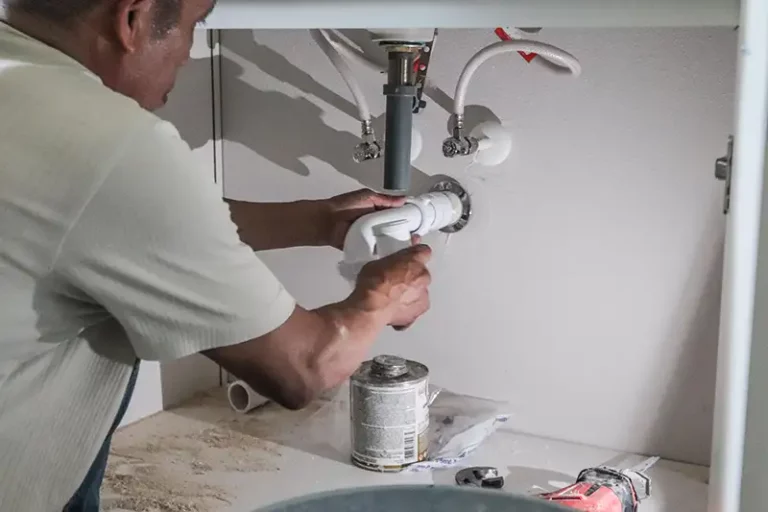
Long-Range Water Sensor Solutions for Enhanced Accuracy
Share
In the rapidly evolving world of technology, precise monitoring and management of water resources have become crucial. Enter the long-range water sensor, an ingenious innovation poised to redefine the way we perceive water management. These sensors are a part of the vast realm of IoT, creating new opportunities for tech professionals and enthusiasts.
The primary purpose of a long-range water sensor is to provide accurate and reliable data over considerable distances, enabling more efficient water usage and management. Whether in agriculture, urban planning, or flood monitoring, these sensors are revolutionizing industries with their ability to deliver real-time information.

The Rise of Long-Range Water Sensors
With growing concerns about water conservation and management, the demand for advanced sensing technologies has surged. The long-range water sensor is leading the charge, offering capabilities that were once deemed impossible. Compared to traditional sensors, these devices can cover a broader area without compromising data accuracy. This leap in technology is essential for sustainable development.
Applications and Advantages
One of the significant benefits of using long-range water sensors is their applicability across various fields:
- Agriculture: Ensuring optimal water usage in irrigation systems to maximize crop yield.
- Urban Planning: Monitoring water levels in reservoirs and water distribution systems to prevent wastage.
- Environmental Monitoring: Tracking river and lake levels to anticipate floods and manage droughts efficiently.
For those interested in how these sensors can be integrated into cutting-edge systems, you might want to read about the Infrared Water Leak Detector or explore IoT Water Leak Detector options that complement long-range solutions.
Technical Insights for Tech Enthusiasts
For tech professionals, understanding the mechanics behind these sensors can be as fascinating as it is complex. At their core, long-range water sensors use advanced communication technologies like LoRa or NB-IoT. These technologies enable sensors to transmit data over great distances efficiently while maintaining battery efficiency.
Integrating with Advanced Technologies
Integration with existing systems and software is crucial for maximizing the benefits of long-range water sensors. Many modern solutions allow seamless connection to IoT platforms, providing users with actionable insights and alerts. For instance, integrating a smart water leak detector can enhance home water management solutions significantly, furthering efficiency and conservation efforts.
The Future of Water Sensing Technology
As we look to the future, the role of long-range water sensors only seems to be growing. Innovations continue to emerge, driving us toward smarter cities and more efficient agricultural practices. With the rise of AI and machine learning, these sensors will likely gain predictive capabilities, offering insights into water usage patterns and enabling proactive measures against water-related challenges.
A Call to Action for Innovators
The technology sector stands on the brink of a water management revolution. By investing in and developing sophisticated sensing solutions, tech professionals can play a pivotal role in shaping a sustainable future. Whether you're developing new technology or seeking ways to improve existing systems, the time to act is now.
For those intrigued by the possibilities of enhancing water management systems with innovative solutions, exploring how to improve toilet flush strength or understanding unexpected water issues can be valuable resources.

Frequently Asked Questions
How do long-range water sensors work?
Long-range water sensors primarily use radio frequency technologies like LoRa or NB-IoT to transmit data over large distances, making them suitable for extensive monitoring areas.
What are the primary benefits of using these sensors?
These sensors provide enhanced data accuracy, can cover large geographical areas, and are efficient in terms of power consumption, providing significant advantages over traditional sensors.
How can these sensors be integrated into existing systems?
Most modern long-range water sensors offer easy integration with current IoT platforms and can work in tandem with existing water management technologies to enhance efficiency and improve decision-making.
